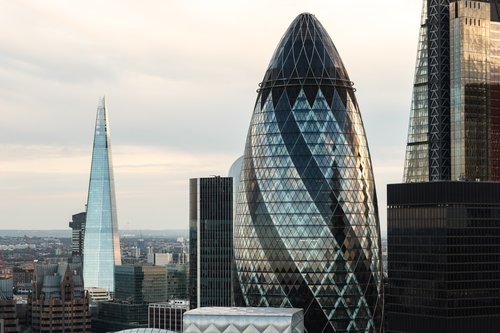Consumer debt rises while businesses save
Soaring levels of consumer debt are evidently causing the Bank of England, the Government and others in authority some sleepless nights.
According to a recent report in The Guardian, the number of people taking out second mortgages rose by 22% in March this year, reaching levels that have not been seen since 2008. Credit card borrowing went up by £1.9bn during the same month to reach the highest levels for 11 years, apparently due to consumers being unable to resist the discounted interest rate and ‘interest free period’ offers from issuers. And, in a relatively new twist on the same theme, attractive-sounding personal lease deals now represent 90% of booming new car sales, thereby potentially building up a powder keg of debt secured against rapidly depreciating assets.
And yet all the borrowing isn't translating into economic growth. Figures out today (25 March) from the Office of National Statistics downgrade estimates of GDP growth in the first quarter from 0.3% to 0.2% - a rise in inflation and the fall in the value of the pound since the Referendum are held to blame.
The main worry is that, if unemployment, inflation and interest rates all go up in unison, disposable incomes will shrink and default rates on credit cards and loans will rise too. Many of the pre-2008 banking crash symptoms are reappearing and – so the argument runs - the bubble is about to burst all over again. The question is: are we really spiralling out of control?
You don’t need to be an economist to figure out that our economy – the envy of the Western world – is being fuelled largely by debt. Debt is normally a sign of confidence, which is a good thing if it is well founded. But the problem is, if you try and control it by allowing interest rates to rise or real incomes to fall, the economy will inevitably slow down and ruin the brave new post-EU epoch. That’s the thing about debt – it has to be paid back sometime, even by Governments!
Interesting therefore to note that in contrast, even with burgeoning consumer confidence and all the urgings to borrow for growth, the UK’s SMEs are still preferring to save for a rainy day. The BBA revealed in March that applications for bank finance were down 9% last year over 2015 and that smaller businesses had amassed a total of £174.7bn in either current or deposit accounts over the same period, a rise of 7%.
In the alternative finance sector, despite continued good growth, it is no secret that P2P lenders are seeing more willing investors than they are borrowers, which is hardly surprising if the former can tap into returns of 8-9% compared with 1% or less from a bank deposit account. And if Innovative Finance ISAs really start to take off after the recent spate of authorisations from the FCA – effectively transforming gross returns into net returns – the disparity could become even wider. The money is available and accessible like never before – businesses just have to feel confident enough to take it.

Author
Neil Edwards
Neil is a Chartered Marketer and Fellow of the Chartered Institute of Marketing with many years' experience in marketing, brand and communications.
CEO / The Marketing Eye
Related Reading

Blog: Whatever happened to RateSetter?
by Neil Edwards, 4 minute read

Blog: The Real Cost of Investing with St James's Place
by Neil Edwards, 3 minute read